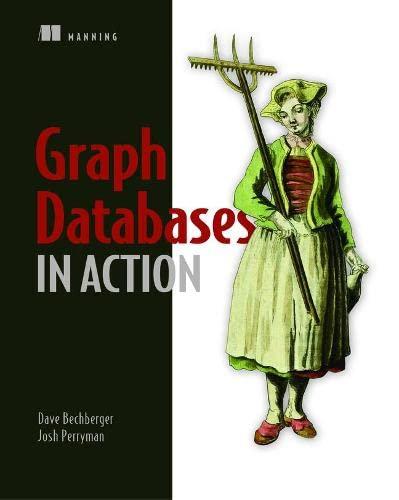Question
Consider the following schedule of actions, listed in the order they are submitted to the DBMS: Schedule S1: r1(X), r2(Y), r1(Z), r2(X) , w2(X) ,
Consider the following schedule of actions, listed in the order they are submitted to the DBMS: Schedule S1: r1(X), r2(Y), r1(Z), r2(X) , w2(X) , r2(Z) , r3(Y) , w2(Z), w1(Y) , w3(Y), c3, r1(Y) , w2(Y), c2, c1. Schedule S2: r2(X),w1(Y), w2(Y),w1(X), w3(Z), c1, w2(X), c2, w3(X), c3. For each of the following concurrency control mechanisms, describe how the concurrency control mechanism handles the schedule. Assume that the timestamp of transaction Ti is i. For lock-based concurrency control mechanisms, add lock and unlock requests to the above schedule of actions as per the locking protocol. The DBMS processes actions in the order shown. If a transaction is blocked, assume that all its actions are queued until it is resumed; the DBMS continues with the next action (according to the listed schedule) of an unblocked transaction.
Q7. Strict Timestamp Ordering protocol Q8. Timestamp Ordering using Thomass Write Rule (TWR)
please give answer in chart form
Step by Step Solution
There are 3 Steps involved in it
Step: 1

Get Instant Access to Expert-Tailored Solutions
See step-by-step solutions with expert insights and AI powered tools for academic success
Step: 2

Step: 3

Ace Your Homework with AI
Get the answers you need in no time with our AI-driven, step-by-step assistance
Get Started


